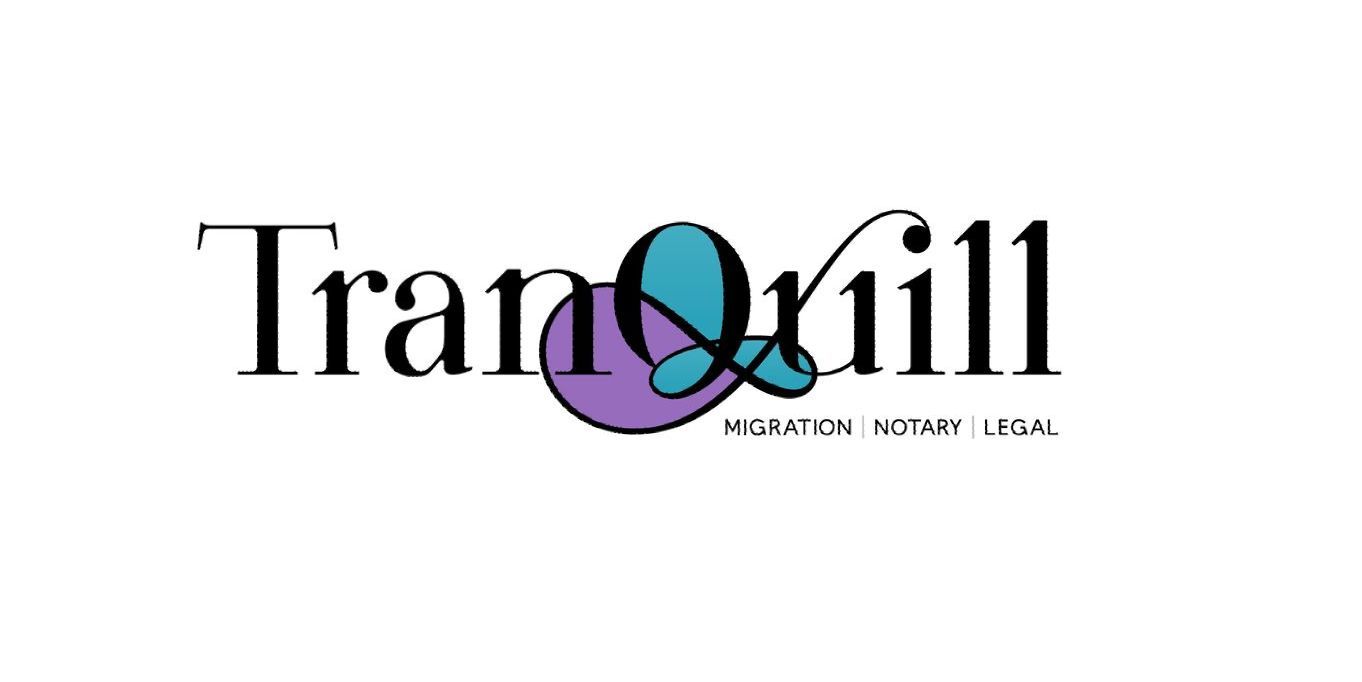Who can become a sponsor?
Theoretically, any legally established and operating business can apply to be a sponsor, although there are restrictions. We highly recommend you contact us and arrange a consultation before you choose, as there can be complications for both employer and employee if the wrong structure (sole practice, partnership, company, associated entity) is used to sponsor and also if the wrong visa subclass is selected.
There are a number of obligations on employers, including the cost of airfares for a visa holder to return at the end of their temporary residency. The kinds of obligations vary depending on the status of the employee and the subclass chosen.
In order to employ someone, you may need to first become an approved sponsor in one of two categories:
- Standard Business Sponsor (subclasses 186, 482 and 494)
- Temporary Activities sponsor (subclasses 407 and, in some instances, 408)
Who Can You Sponsor?
You might be able to sponsor a skilled worker to come to Australia if you can't find an Australian citizen or permanent resident with the skills and experience needed for the job.
You can sponsor workers temporarily or permanently.
You can sponsor someone who is a skilled worker:
- living overseas who wishes to travel and work in Australia or
- already in Australia on another type of visa, which does not currently allow them to work or
- already living and working on another visa in Australia
You can also take over the sponsorship of people holding a Temporary Work skilled visa (subclass 457) or Temporary Skill Shortage visa (subclass 482).
With limited exceptions, the job you sponsor the overseas worker to do must be on one of several Skilled Occupations Lists. If the job is not on one of the lists, you might be able to negotiate a labour agreement. For high-skill niche roles that can't be filled through existing visa programs, you can access the Global Talent Scheme.
Some visa holders already have work rights or might be able to apply for a visa on their own (e.g. a partner visa or an 189 Independent Skilled visa). In that case, you may not need to sponsor them.
To bring someone to Australia for other temporary activities such as sports training programs, seasonal work or performers, you can sponsor them for another type of work visa, such as the Temporary Activities Visa.
186 Employer Nomination Scheme
This is a permanent residency visa (with a five-year travel facility) that allows an employer to hire a skilled overseas employee directly or enable one of their temporary residence visa holders to apply for PR after meeting certain transitional arrangements. Companies and market sectors can also apply directly through work agreements (aka labour agreements).
Transition Stream
The occupation must be on the skilled occupation list. These lists change often.
Employees need to meet a lot of criteria, including:
- Be under 45
- Competent English
- Three years of F/T work experience with the nominating employer
- Be healthy (and all the migrating family members must be healthy)
- No significant criminal history
- (don't panic about parking tickets or minor runs in)
- not sentenced to jail for 12 months or more (or a member of an organised motorcycle gang)
- not convicted of offences against women or children
Many exemptions for the age and English requirements apply if you are:
- Working as a scientist or university lecturer
- A Kiwi here on a 444/461 visa
- A doctor working in a regional area
- An existing 457/482 worker
- A Transitional 457 worker under 50
186 Labour Agreements
Less drama, more DAMA?
This is a permanent residency visa (with a five-year travel facility) that allows an employer to hire a skilled overseas employee directly or enable one of their temporary residence visa holders to apply for PR after meeting certain transitional arrangements. Companies and market sectors can also apply directly through work agreements (aka labour agreements).
Labour Agreement
- All of the rules for the 186 go out the window when it comes to Labour Agreements (more correctly called work agreements).
- Whatever the industry sector (e.g. pork producers or religious organisations) can negotiate with the Department of Home Affairs is good enough.
- Of course, the department will require that the employees meet the specific requirements for permanent residence (so the exemptions are not that exciting)
- Agreements take months to negotiate.
Designated Area Migration Agreements (DAMA)
- DAMAs are a special kind of labour agreement
- They deal with areas of Australia keen to offer jobs, eg:
- Goldfields
- Great Ocean Road
- Orana
- Northern Territory
494 Skilled Employer Sponsored Regional (Provisional) Visa
This is a temporary residency visa (with a five-year travel facility) that allows an employer to hire a skilled overseas employee directly if they operate within a designated regional area (DRA). DRA is a very misleading term. DRA's currently mean NOT Sydney, Melbourne, or Brisbane but may expand over time to include those areas that are borderline (ACT, Perth, Gold Coast) – time will tell.
This visa process is very similar to the 482 Temporary Skilled Shortage visa process, except it is a five-year visa leading to the subclass 191 Permanent Residence visa where the client has worked for three years living, studying and/or working in a DRA.
You must:
- be nominated by an approved work sponsor
- have an occupation on a relevant skilled occupation list
- have a suitable skills assessment for the occupation
- be under 45 years of age
- Meet minimum standards of English language proficiency.
Need help with employer-sponsored visas? Contact us at 02 6140 5311.


